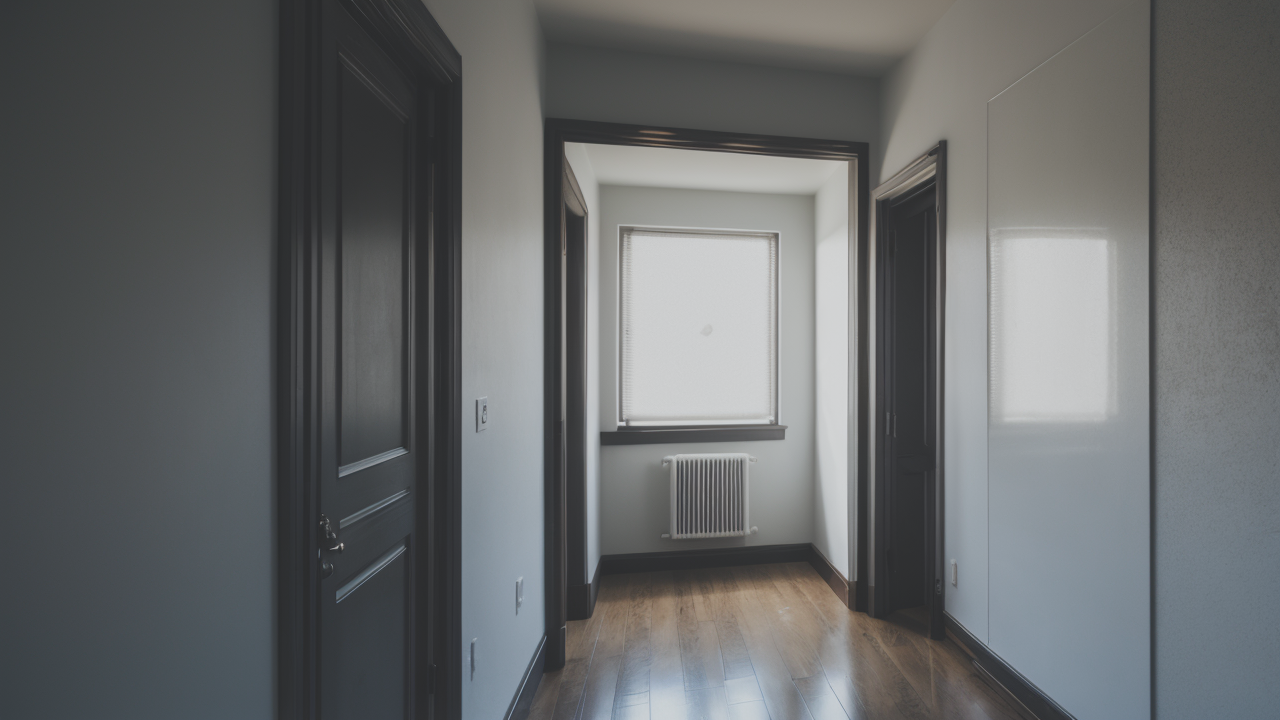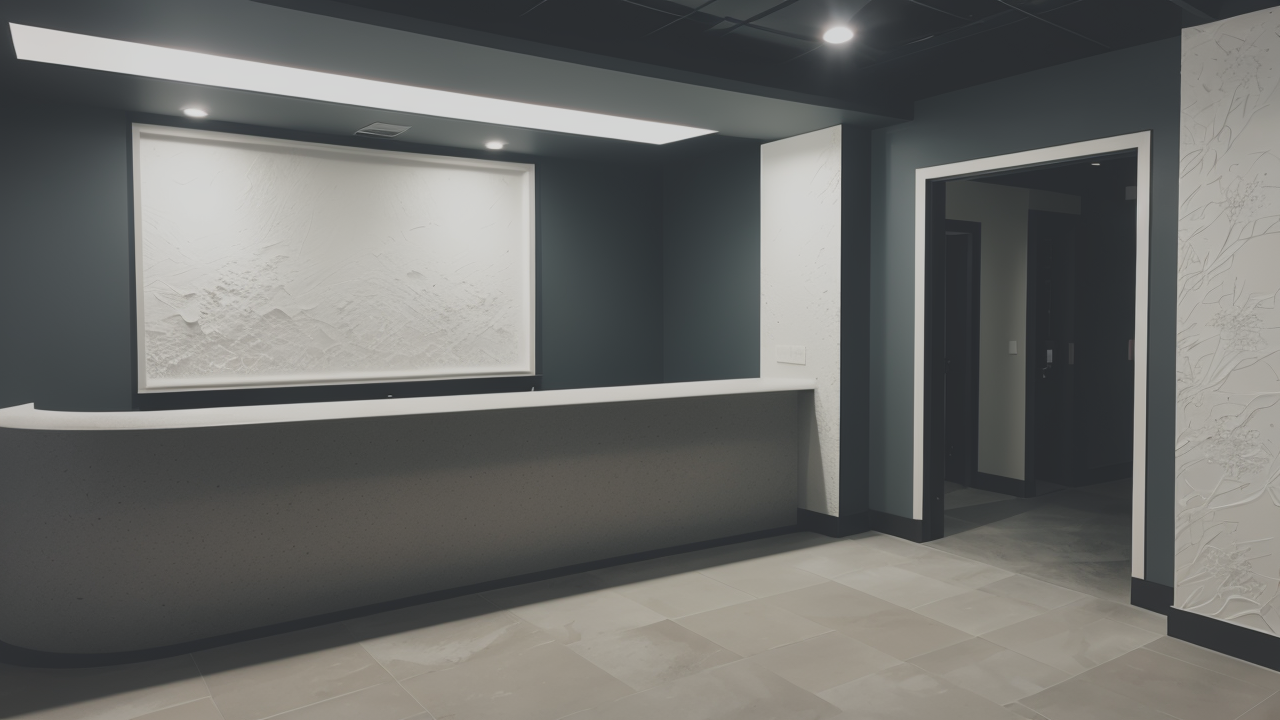
Elevate Your Space with Textured Wall Tiles: A Comprehensive Tutorial
The Renaissance of Plaster Art in Modern Interiors
The History and Resurgence of Plaster Decor
Plaster art has a rich history dating back to ancient times. It adorned the walls of palaces and

temples. The Nawabi era saw plaster reach new heights of beauty. Intricate designs covered entire
rooms. Today, we're seeing a revival of this timeless craft. Modern designers are rediscovering
plaster's charm. They're bringing it into homes and public spaces. This comeback blends old
techniques with new ideas. Plaster offers a unique look that paint can't match. It allows for custom
designs that reflect personal style. The return of plaster art shows a desire for handmade elements.
People want spaces that feel special and unique. Plaster provides this in a way that mass-produced
materials can't.
Integrating Texture Plaster into Contemporary Design
Texture plaster is making waves in modern interiors. It adds depth and character to plain walls.
Designers use it to create focal points in rooms. They apply it to ceilings to add visual interest.
Plaster works well with many design styles. It can be subtle in minimalist spaces. Or it can make
bold statements in eclectic rooms. The key is in how it's applied. Skilled artisans can create
various effects. From smooth and polished to rough and rustic. Plaster textures complement modern
furniture. They add warmth to sleek, contemporary interiors. This versatility makes plaster a
favorite among designers. It bridges the gap between old-world charm and modern aesthetics.
The Artisan's Touch: Enhancing Spaces with Texture Plaster
Crafting Unique Wall Textures
Artisans are the heart of texture plaster art. Their skilled hands bring walls to life. Each piece is

unique, reflecting the artist's vision. They use various tools to create textures. Trowels, brushes,
and even natural objects shape the plaster. Popular techniques include:
- Venetian plaster for a smooth, marble-like finish
- Tadelakt for waterproof, seamless surfaces
- Relief work for 3D designs and patterns
- Sgraffito for etched, contrasting layers
These methods allow for endless customization. No two walls are ever the same. Artisans can mimic
natural textures like stone or wood. They can create abstract patterns or intricate motifs. The
process is labor-intensive but rewarding. It results in truly one-of-a-kind wall art.
The Role of Texture in Creating Ambience
Texture plays a big part in setting a room's mood. Smooth finishes create a sense of calm. Rough
textures add warmth and coziness. The way light hits textured walls creates drama. It can change how
we see the size of a space. Texture can make a room feel larger or more intimate. It also affects
sound. Textured walls can improve a room's acoustics. In homes, plaster textures create cozy
bedrooms. They add character to living rooms. In public spaces, they set the tone for the experience.
A restaurant might use texture to create a specific atmosphere. An office could use it to inspire
creativity. The right texture can transform any space. It adds depth that flat paint simply can't
match.
Businesses Thrive with Texture Plaster Art
Retail and Hospitality Industry's Embrace of Plaster Art
Shops and hotels are using plaster art to stand out. It helps create unique spaces that customers

remember. High-end stores use plaster to look luxurious. Hotels use it to add local flavor to their
decor. Restaurants create cozy or dramatic dining rooms with textured walls. Plaster art offers many
benefits for businesses:
- It creates eye-catching backdrops for social media photos
- Custom designs can match a brand's style perfectly
- It's a cost-effective way to achieve a high-end look
- Plaster can be changed more easily than other materials
These features help businesses create spaces that customers love. It keeps them coming back and
talking about the place. Plaster art can turn a simple wall into a conversation piece. This helps
businesses create memorable experiences for their clients.
Boosting Brand Identity through Artistic Wall Finishes
Brands are using plaster art to express their identity. Custom wall finishes reinforce a company's
image. It goes beyond just using brand colors. Texture plaster creates a full sensory experience. A
tech company might use smooth, modern finishes. An eco-friendly brand could choose natural textures.
Luxury brands often pick ornate designs to show attention to detail. Using plaster for branding has
several advantages:
- It creates a consistent look across different locations
- Customers can touch and feel the brand's personality
- Spaces are easy to update, keeping the brand fresh
- It provides a perfect backdrop for product displays
By investing in plaster art, businesses create memorable spaces. These spaces leave a lasting
impression on clients and customers. They help tell the brand's story in a unique, tactile way. This
artistic approach to branding sets companies apart in crowded markets. It turns ordinary walls into
powerful marketing tools. Plaster textures can communicate brand values without words. They create an
atmosphere that aligns with the brand's mission and vision.
In conclusion, texture plaster artistry is more than just wall decoration. It's a powerful tool for
design and branding. From homes to businesses, it adds value and character to spaces. The revival of
this ancient craft in modern settings shows its timeless appeal. As more people seek unique,
handcrafted elements in their surroundings, plaster art will continue to thrive. It offers a perfect
blend of tradition and innovation, making it relevant for years to come. Whether used in a cozy home
or a bustling store, texture plaster brings a touch of artistry to everyday life. It transforms plain
surfaces into works of art that engage the senses and spark imagination. As we move forward, the
possibilities for texture plaster in design seem endless. It's an exciting time for this versatile
and beautiful art form.


